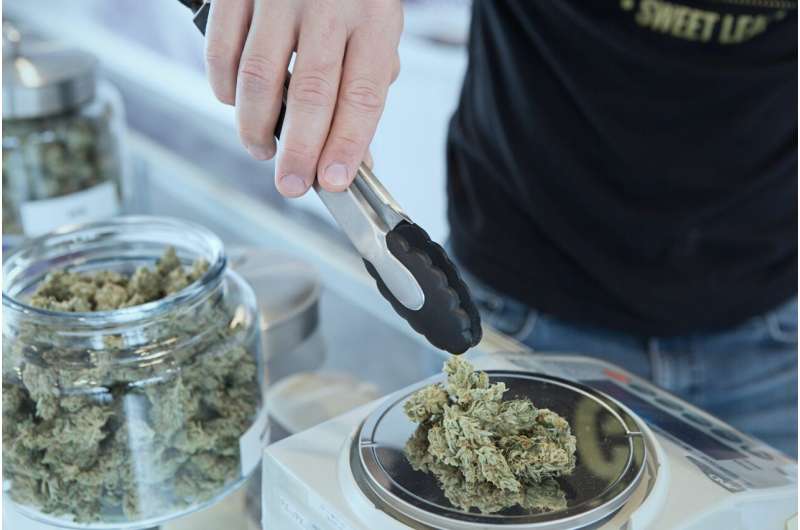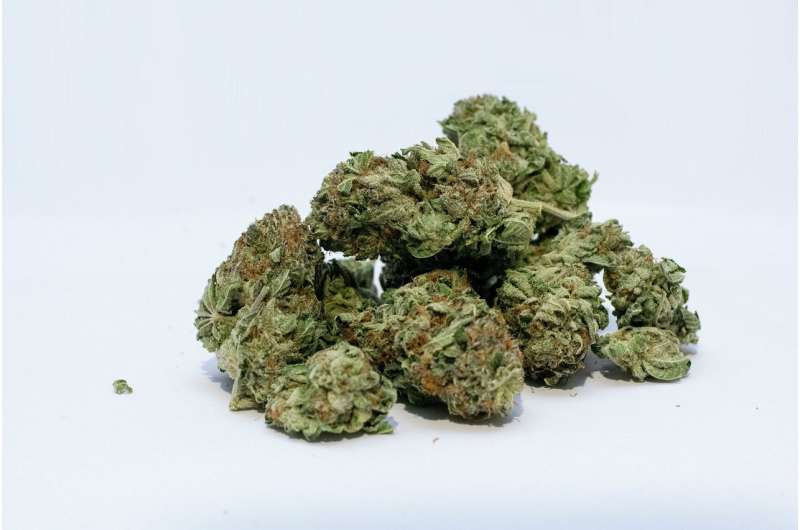The 'Entourage Effect': Unraveling How Cannabis Works

Since the legalization of cannabis in many regions, the variety of available cannabis products has skyrocketed. Consumers now have access to a broad array of options tailored to different moods and needs, from products designed for relaxation to those aimed at boosting focus or promoting sleep. But how do these different products produce such diverse effects?
Cannabis is a complex botanical, rich in active compounds such as cannabinoids, terpenes, and flavonoids. The prevailing hypothesis is that these compounds work synergistically to influence the overall experience, a phenomenon known as the "entourage effect." This idea suggests that the combined action of multiple compounds can enhance or modify the effects beyond what individual components could achieve alone.
Traditionally, research has focused on two primary compounds: delta-9-tetrahydrocannabinol (THC), which causes the intoxicating high, and cannabidiol (CBD), which is non-intoxicating and linked to potential therapeutic benefits. Regulatory labels typically highlight these compounds, especially the THC:CBD ratio. However, the cannabis plant can contain over 500 bioactive compounds, including other cannabinoids, terpenes, and flavonoids, which may all contribute to cannabis's effects.
The concept of the entourage effect originated from studies on endogenous (naturally occurring in the human body) cannabinoids, suggesting that compounds like THC and CBD could interact to produce effects greater than the sum of their parts. Although initially based on this endogenous system, the idea has been extrapolated to plant-derived cannabinoids with the belief that such interactions could explain why different cannabis products with similar THC and CBD levels can produce varying experiences.
Full-spectrum and broad-spectrum cannabis products—those containing a wide array of phytochemicals—are often favored in medical use for their potential safety and efficacy advantages over isolated compounds. Consumers are encouraged to learn about terpenes such as limonene, myrcene, pinene, and linalool, which are thought to influence effects and mood.
However, despite the enthusiasm, scientific evidence supporting the entourage effect remains limited. It was originally described in 1998 in studies of endogenous cannabinoids, not plant-derived cannabinoids. While some small studies and observational research suggest that whole-plant extracts may outperform isolates for certain conditions like chronic pain and pediatric epilepsy, these studies often lack standardization, making it difficult to pinpoint the specific chemical interactions responsible.
The hypothesis that multiple cannabis compounds act synergistically is promising for understanding the plant’s complex effects. Similar interactions are observed in other drug classes through mechanisms like synergism and potentiation, involving a few well-characterized molecules. Yet, with hundreds of molecules involved in cannabis, deciphering these interactions poses a significant scientific challenge.
As the cannabis industry grows, critical evaluation of product claims is essential. The entourage effect is often used as a marketing concept rather than an evidence-backed fact. To advance understanding, industry and regulators must support research efforts, move beyond hype, and develop standards based on scientific evidence. Only through rigorous research can consumers be assured of the benefits and limitations of different cannabis products.
In conclusion, the entourage effect remains a hypothesis that captures the imagination but requires substantial scientific validation. Moving forward, transparent research and regulations are vital to translating this complex plant chemistry into safe and effective therapies.
Stay Updated with Mia's Feed
Get the latest health & wellness insights delivered straight to your inbox.
Related Articles
Understanding the Latest Developments in the COVID-19 Vaccine Policies
Stay informed on the latest updates and controversies surrounding COVID-19 vaccine eligibility and policies in 2025, as states and federal agencies navigate a rapidly changing landscape.
Debunking 8 Common Myths About Back Pain: Insights from a Neurosurgeon
Learn the truth behind common myths about back pain with expert insights. Discover effective strategies for prevention and treatment from a neurosurgeon’s perspective.
Signs It’s Time to Consult an Audiologist
Detect early signs of hearing loss and balance issues. Learn when to consult an audiologist for proper evaluation and management to improve your quality of life.
Impact of Marijuana Legalization on Traditional Prescription Drug Use
Research reveals that recreational cannabis legalization has led to a significant reduction in prescription drug claims in small insurance markets, highlighting shifting healthcare patterns.



